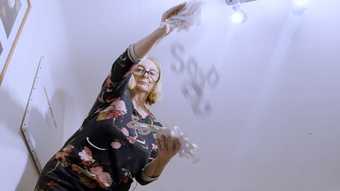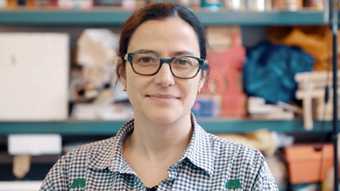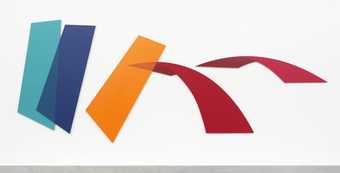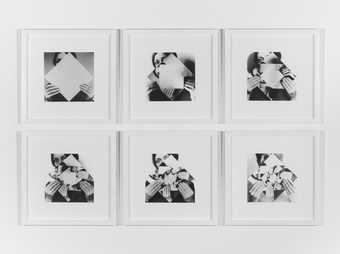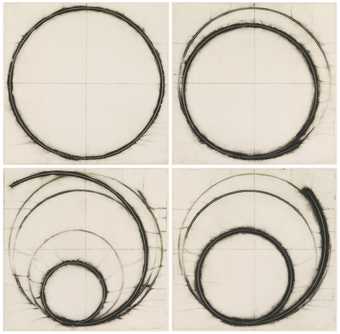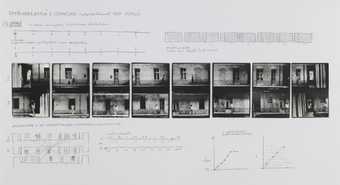Dora Maurer: I never wanted to be an artist. I wanted to be a gardener or working in a forest. I was born before the Second World War in the last month in 1937 and as I was three or four the family has seen that I have some talent.
‘Oh, that child will be an artist’. ‘The child will be a drawing teacher.’ That was the best. This room is devoted to graphics. I began as a graphic print maker and this is my old machine. I never use it but I didn’t want to sell it.
Juliet Bingham, Curator: Dora studied print making and graphics at the Academy of Fine Arts in Budapest. He went on to develop a wide-ranging and experimental practice which involved many media. She’s always adhered to the idea that interdisciplinary practice was very important to her and allowed her to develop her ideas across a wide range of media.
Dora and her peers were working in an environment in which the state viewed works as either prohibited or tolerated.
DM: It was a grey life, I could say. There was no view to the future. This was the time of
the Hungarian Revolution. Scenes on the Austro-Hungarian border measure the scope of Hungary’s anti-red revolt. After a revolt that began with student demonstrations and spread across the country like wildfire -This time, the revolution, it was a terrible time because at first there was big enthusiasm. We shall be free and everything was changing. Because we had always known that we are not free people. But it was also a revolution of Hungarian art and I found myself in a circle of artistic ‘happenings’.
As conceptual art came into the Eastern part of Europe it was for me an opening. Everything that I couldn’t use as an art object before, and the idea that I could use it as an art idea. It was much more open. The world was open.
JB: An important aspect of Dora’s influence was her teaching practices. She worked with Miklós Erdély at the Factory Cultural Centre in Budapest to develop very experimental workshops which were referred to as 'creativity exercises'.
DM: To teach, I never wanted to do it but I was always very interested to work with young people. In the meantime, I was also very interested in film. This very simple observation through the camera was my intention.. Also the photograph, for example, minimal movements. You see nothing if you look there, but the little window which is making a very slow movement on the object. And that I photographed, for example.
JB: One of the things that Dora always talks about is work in motion and she refers to this idea of displacement or shifting or continual change. And small changes, which develop out of a structure but allow something new to emerge.
DM: I was always very close to music. Since I make films, I also saw the possibility to make music, not as a musician but as an outsider. I thought these coloured lines, forms, were also sound.
JB: I think it’s interesting that Dora herself has said she’s more interested in process than necessarily the finished result. And you can really see that across the ways she’s pushing different media.
DM: In the other room you see these long pieces and there are two kinds. I gave a name to it: ‘form gymnastics’.
JB: It appears as if the forms are dancing across the wall, so in the same way that in her very early printmaking she used movement and displacement and rhythm, you see her continuing these ideas in her most recent painting series.
DM: Everybody knows that red compliments green but there are many reds and many greens. I made these layers that cross each other on the surface. You see how they are changing before your eyes.
JB: I think what you see across her practice, whichever medium she chooses to work with, she is always referring to the same ideas and the same processes. So I think she’s pursued her line of inquiry, but she’s also involved and encouraged peers and younger generations of artists on her journey. And I think in that way she’s very inclusive and has had a really big impact within Hungary and beyond.
DM: From order, it is possible to jump out. From chaos it is not possible to jump out because it has no direction. Play has an order.

